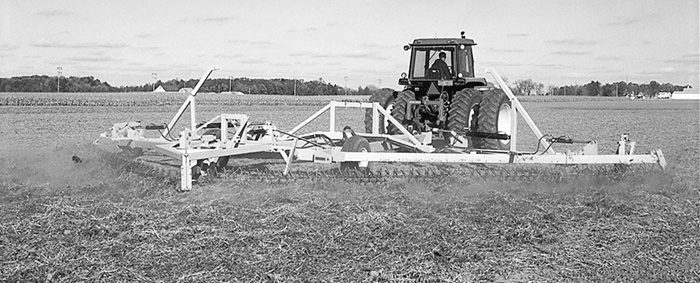No-Till Farmer
Get full access NOW to the most comprehensive, powerful and easy-to-use online resource for no-tillage practices. Just one good idea will pay for your subscription hundreds of times over.

When it comes to terms used to describe no-till farmers, “trial and error” has got to be pretty darn near the top of the list. And as far as no-till crop consultants are concerned, it’s no different.
At least that’s what Joe Nester of Antwerp, Ohio, told attendees at the mid-January seventh annual National No-Tillage Conference in St. Louis, Mo. This consultant’s been trying with the best of them, finding out which methods are successful, and which are not as good.
“We’ve been no-till for about ten years,” Nester says, “with pretty much all of my clients. We’ve struggled a bit with it, and done everything we can to make it work.”
Like many farmers, Nester finds some crops are more feasible in no-till situations than others.
“We’re very successful with beans, but corn seems to be the weaker sister,” he says.
Part of the problem with unsuccessful no-till corn is location.
“In northwestern Ohio, we’re in a heavy clay lake bed—cold and wet. Exactly the two things corn doesn’t like,” Nester explains. “The problem began a few years ago when our residue kept building on the surface year after year. We had a tough time getting into the field in the spring. It stayed too wet and wouldn’t dry out. Because of the moisture, no-tillers were forced to dry it out. So they worked it.”
As difficult as it may be for some no-till farmers to make the conversion back to conventional tilling, Nester says some no-…